STEAM & Critical Thinking
“You don’t simply remember a solution that is familiar enough to guide you. For example, solving a complex physics problem by applying a learnt concept or algorithm isn’t critical thinking. Devising a new algorithm is critical thinking. ”
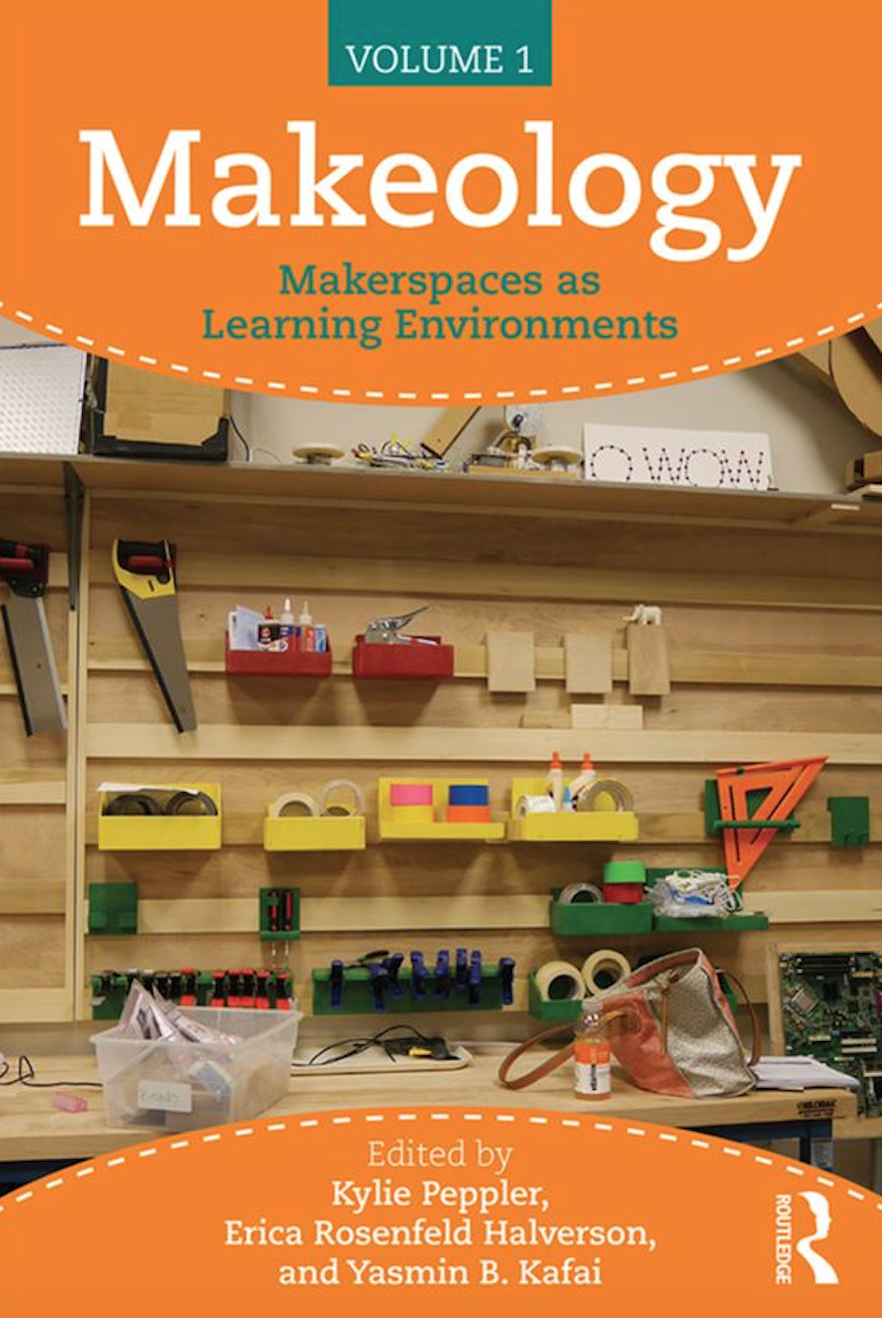
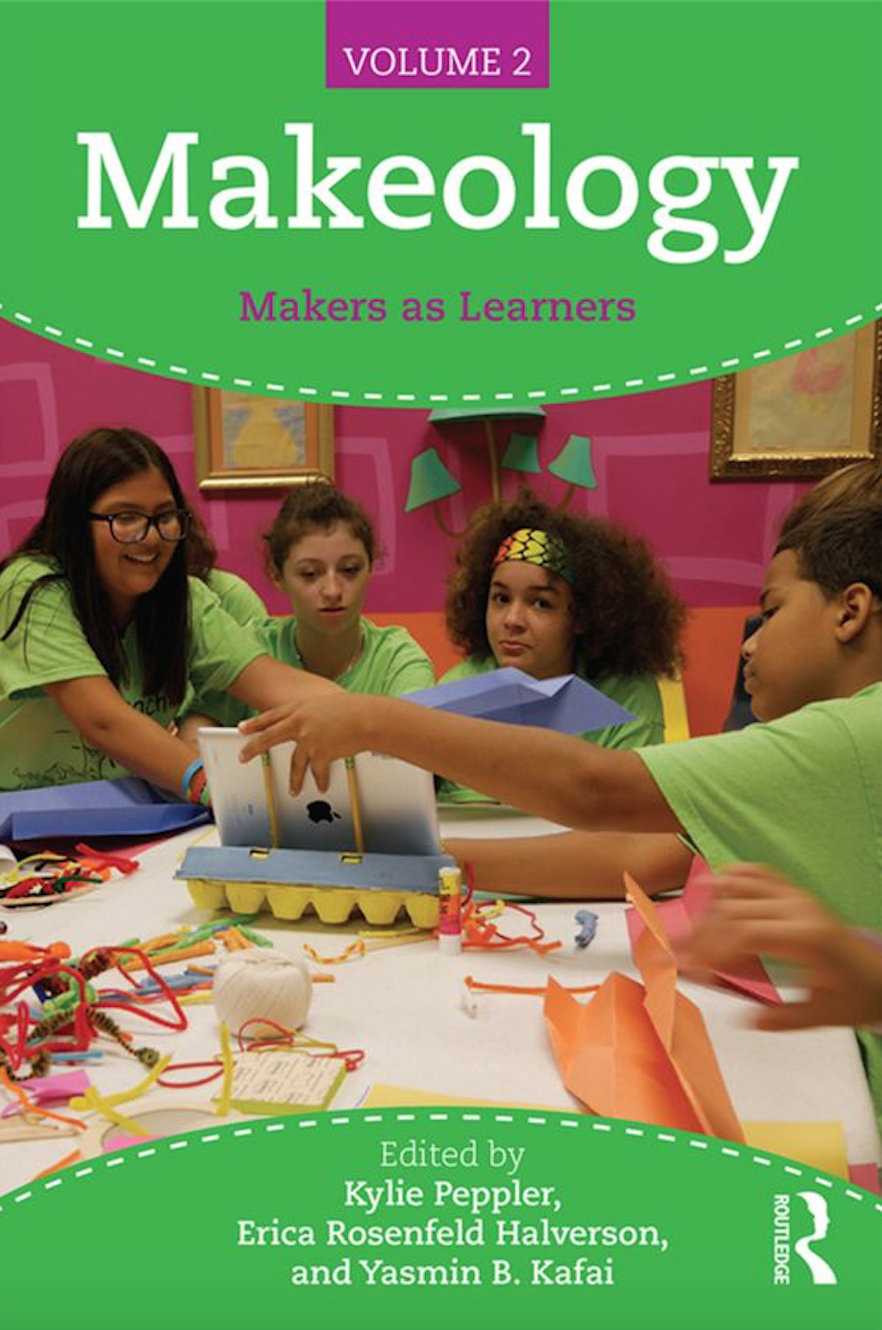
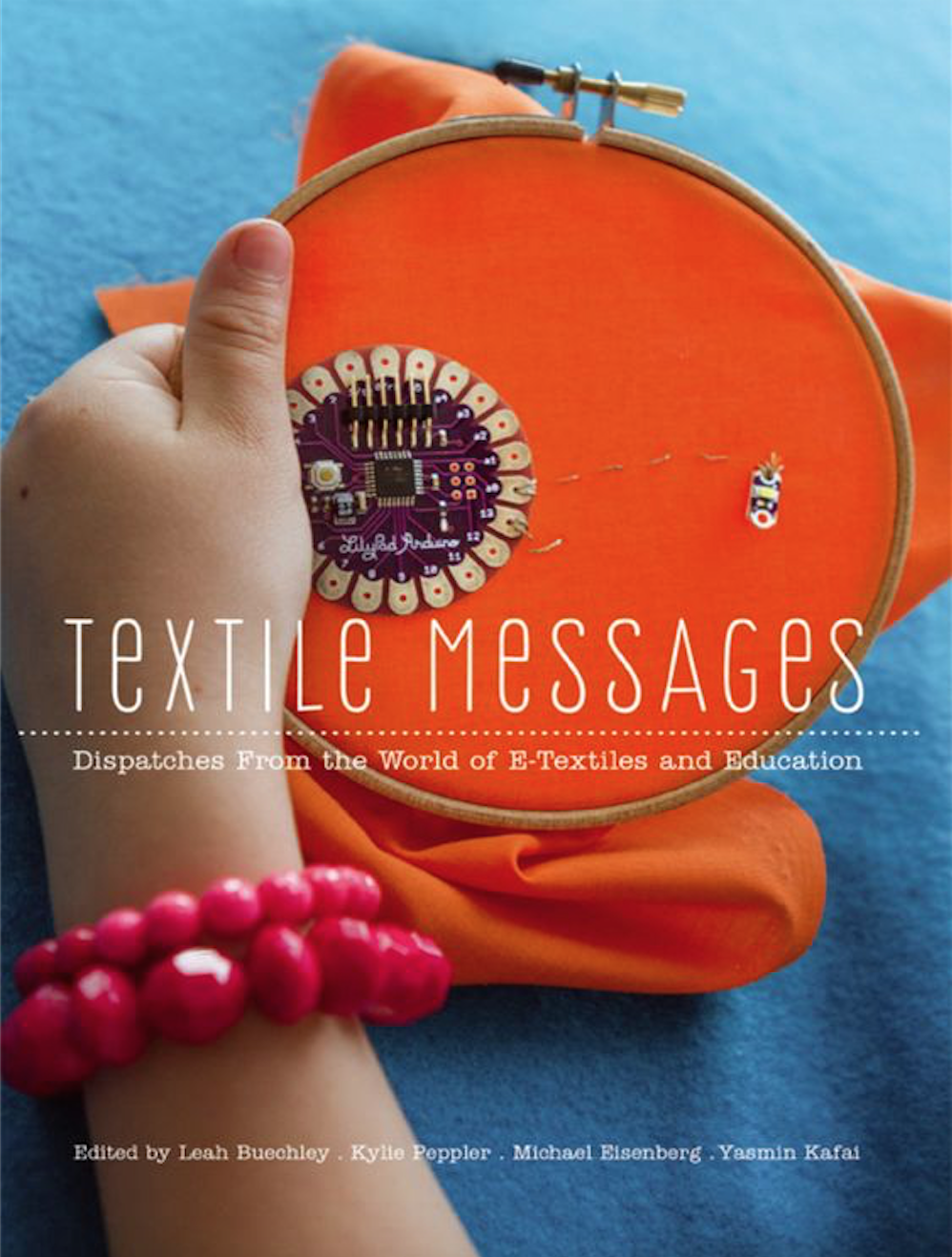
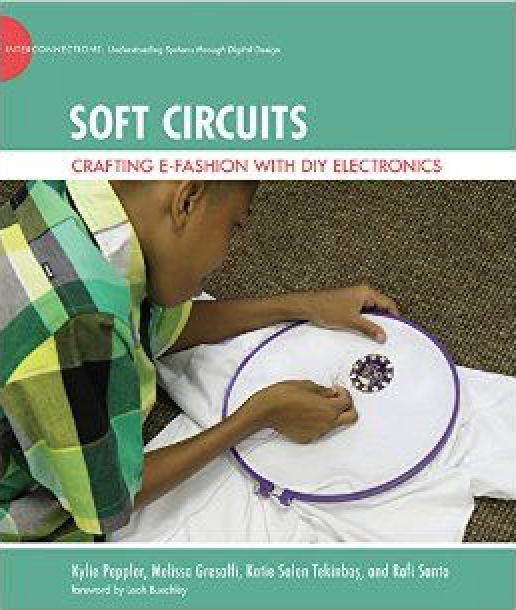
During our Technology and Arts class, we had a guest lecturer, Dr. Kylie Peppler talk to us about different aspects of STEAM curriculum. I found it very interesting when she referred to how students often lack concrete exploration of math in real world situations. She has found that teaching students fiber (sewing, knitting, weaving, and crocheting) craft activities allows students to be in touch with math. These activities require the use of counting, multiplication, division and geometry as they create. This could explain why I never had trouble in math in school, as I love to do all these fiber activities and was taught them by members of my own family. As a little girl I learned to cook & bake with my mother. I learned fractions before I was taught them in school! A basic of the art core standards is that students have to actively do art and create. Based on my own experience and that of Dr. Kylie Peppler, the more activity based curriculum you offer your students, the more knowledge they gain, whether they know it or not. A lot of the time your students will teach you something as well.

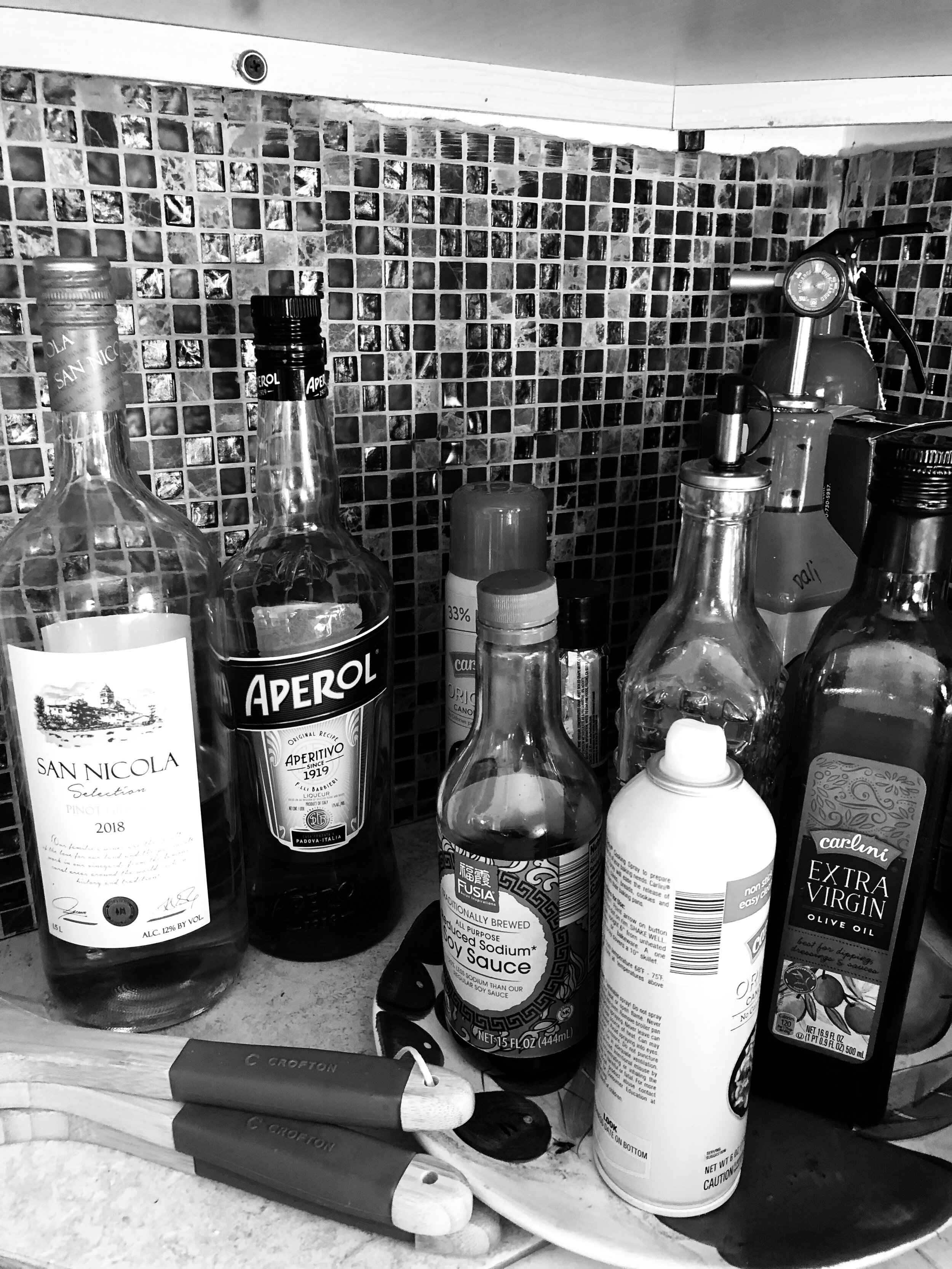


Here are pictures of two places where creation takes place in my home: The Kitchen and the Studio
My Philosophy
Based on readings from my SVA classes, like that of Willingham, Piaget, and Peppler, I am leaning toward a teaching approach that employs material learning in order to help students gain more cognitive skills and ultimately, to be able to think more critically. I was exposed throughout my elementary years to many kinds of “domains” even if I’ve not mastered all of them. But the exposure helped me to learn to think critically as it provided me with the basics to build upon.
“The ability to think critically (to actually do what the metacognitive strategy calls for) depends on the domain knowledge and practice.
”

